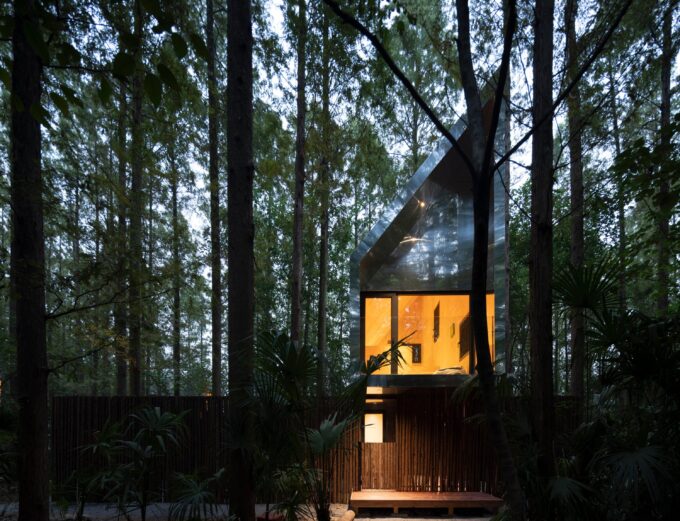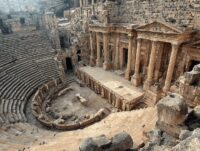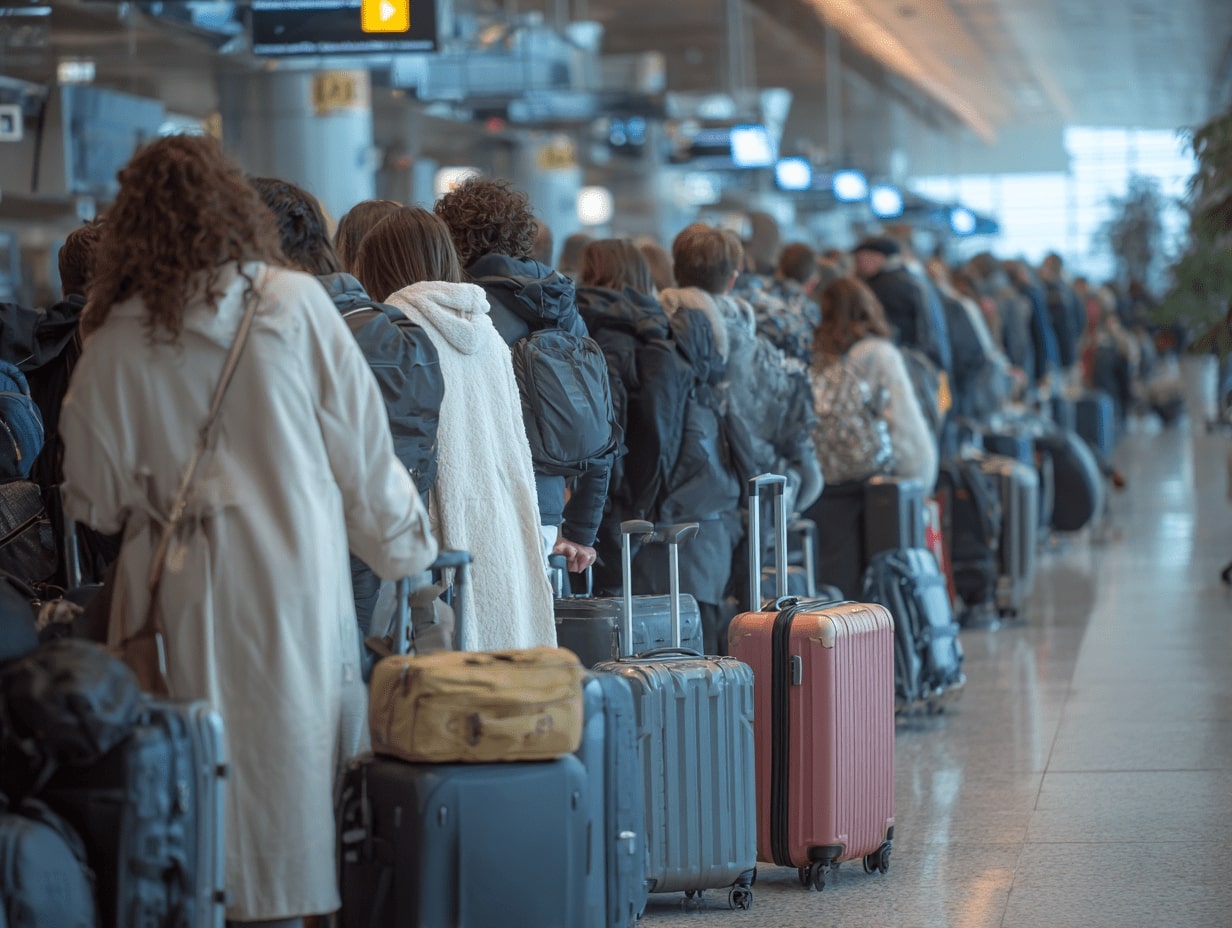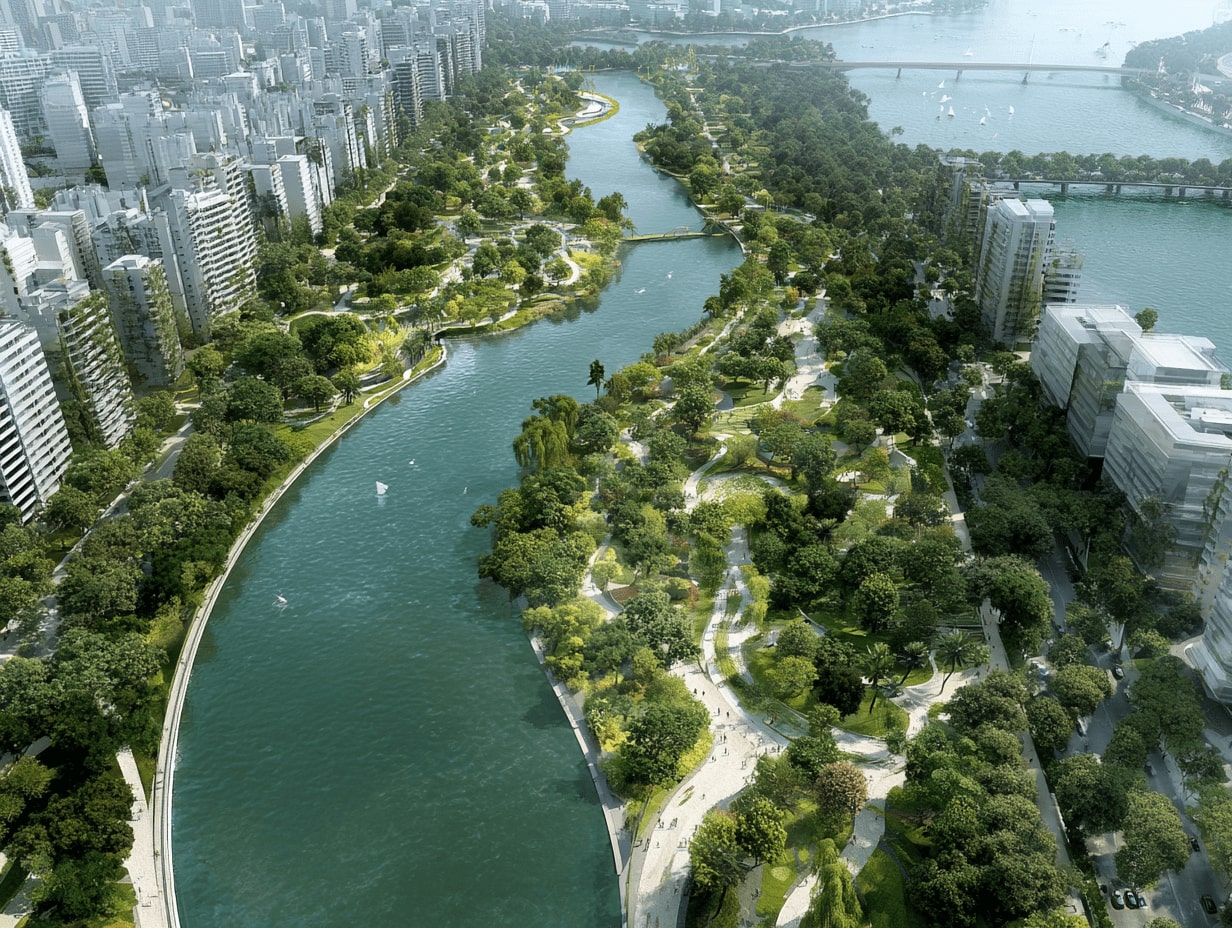- Home
- Articles
- Architectural Portfolio
- Architectral Presentation
- Inspirational Stories
- Architecture News
- Visualization
- BIM Industry
- Facade Design
- Parametric Design
- Career
- Landscape Architecture
- Construction
- Artificial Intelligence
- Sketching
- Design Softwares
- Diagrams
- Writing
- Architectural Tips
- Sustainability
- Courses
- Concept
- Technology
- History & Heritage
- Future of Architecture
- Guides & How-To
- Projects
- Interior Design
- Competitions
- Jobs
- Store
- Tools
- More
- Home
- Articles
- Architectural Portfolio
- Architectral Presentation
- Inspirational Stories
- Architecture News
- Visualization
- BIM Industry
- Facade Design
- Parametric Design
- Career
- Landscape Architecture
- Construction
- Artificial Intelligence
- Sketching
- Design Softwares
- Diagrams
- Writing
- Architectural Tips
- Sustainability
- Courses
- Concept
- Technology
- History & Heritage
- Future of Architecture
- Guides & How-To
- Projects
- Interior Design
- Competitions
- Jobs
- Store
- Tools
- More
Skyscrapers and Identity: Why Tall Buildings Define Cities
Discover how skyscrapers shape urban identity—from spires to steel. Explore elevators, zoning, branding, and media; the economics behind height; and why future skylines must favor sustainability, public space, and authenticity.

We read skylines the way we read faces. Skyscrapers and identity are inseparable because tall buildings compress a city’s history, ambition, and values into a silhouette we can recognize at a glance. In this piece, we unpack why tall buildings define cities, how they emerged, what they signal, and where the next chapter is headed.
Table of Contents
ToggleHow Skyscrapers Became City Signatures

From Cathedrals To Steel And Elevators
Before towers, spires told the story of wealth and faith. Then steel frames, safety elevators (thank you, Elisha Otis), and curtain walls rewired urban possibility. Chicago’s Home Insurance Building and New York’s early high‑rises weren’t just taller: they concentrated banking, media, and power into vertical addresses.
The Skyscraper Race And Early Zoning
Height wars escalated with the Woolworth, Chrysler, and Empire State, status as much as square footage. New York’s 1916 Zoning Resolution introduced setbacks to keep light on streets, choreographing that “wedding‑cake” skyline. Form followed both money and rules, proving identity emerges where engineering meets policy.
Globalization And The Era Of Iconic One‑Offs
By the 1990s, city branding went global: Petronas in Kuala Lumpur, Burj Al Arab and later Burj Khalifa in Dubai, and distinct silhouettes in East Asia. Architects became household names, and one‑off icons served as shortcuts for place in media, tourism, and investor decks.
The Skyline As Brand And Narrative

Visual Legibility: When A Skyline Becomes A Logo
A good skyline works like a logo, simple enough to sketch, rich enough to tell a story. Bridges, towers, and topography create “visual anchors” that help us locate ourselves. We remember the negative space as much as the buildings, which is why gaps or new peaks feel emotional.
Case Studies: New York, Dubai, And Shanghai
New York’s jagged mix, old pinnacles, new needles, projects churn and reinvention. Dubai’s vertical theater signals audacity and speed. Shanghai’s Lujiazui trio, Jin Mao, Shanghai World Financial Center, Shanghai Tower, reads as coordinated ambition, stitching tradition to futurism along the Huangpu bend.
Tourism, Investment, And Talent Attraction
Skylines sell. They lure visitors, frame film scenes, and anchor conferences. For investors and talent, a distinctive profile suggests confidence, capacity, and longtime momentum. We may choose a city for jobs, but we fall in love with its skyline at dusk, when lights flick on and the story feels shared.
Power, Capital, And Policy Choices

Real Estate Economics And Land Scarcity
When land is scarce and demand is high, we build up. Tall buildings turn location into yield, stacking tenants and amenities into one parcel. That math, cap rates, construction costs, absorption, quietly shapes identity, because what pencils out gets built and eventually becomes the city’s face.
Zoning, Air Rights, And View Corridors
Policy decides which peaks appear. Air‑rights transfers in Manhattan, height limits in Paris, and view corridors in Vancouver choreograph skylines like conductors. We’re not just seeing architecture: we’re seeing negotiated priorities, sunlight, heritage, housing, and “that one postcard view.”
National Prestige And City Rivalries
Height is a proxy for prestige. Nations and cities spar through meters and superlatives, but the subtext is competitiveness, finance, tech, tourism. The race to “tallest” may be symbolic, yet symbolism shifts capital flows and headlines, reinforcing identity in a feedback loop.
Lived Experience At Street Level

Shadows, Wind, And The Microclimate Of Tall Streets
Great skylines succeed on the sidewalk. Downwash winds, canyon shadows, and glare can sap street life if we’re careless. Thoughtful podiums, setbacks, and porous ground floors mitigate microclimate issues while keeping the city comfortable and photogenic.
Equity, Public Space, And Access To The Sky
Who gets the view? Observation decks, free terraces, public atriums, and equitable park access turn spectacle into shared asset. When we democratize the skyline, physically and visually, we reinforce belonging instead of broadcasting exclusivity.
Safety, Resilience, And Community Trust
Tall buildings must earn trust. Seismic design, life‑safety systems, redundant power, and flood‑ready basements make symbolism credible. After crises, transparent upgrades and drills matter as much as façades. A skyline that protects us is one we’ll proudly claim.
Media, Memory, And Cultural Identity

Films, Photography, And Postcard Skylines
Cinema and photography immortalize silhouettes, the helicopter sweep over Manhattan, the time‑lapse in Hong Kong, the sunrise in Chicago. These images travel, shaping how others perceive us and how we see ourselves. A skyline’s media life often outruns the buildings’ original briefs.
Diaspora, Nostalgia, And Belonging
For people abroad, a distant skyline can feel like a hug from home. We pin prints on walls, set phone wallpapers, and track new towers as if they’re family milestones. Memory turns contours into shorthand for identity and longing.
Iconic Moments That Reshape Identity
Events, openings, light shows, tragedies, rebuilds, recast meaning. The rebirth of Lower Manhattan, fireworks on the Burj Khalifa, or a climate‑protest banner on a tower: each moment edits the collective story, layer by layer.
Beyond Height: Sustainability And The Next Identity Shift

Timber, Hybrids, And Net‑Zero Towers
The next brag won’t be tallest: it’ll be cleanest. Mass‑timber and hybrid systems store carbon, while high‑performance façades and heat‑recovery cut loads. Cities that pair height with net‑zero operations will signal seriousness about the future, and that’s a brand advantage.
Adaptive Reuse, Retrofits, And Vertical Gardens
Not every identity play needs a new spike. Converting offices to housing, deep‑retrofits, and green façades can refresh the skyline with fewer emissions. Mature cities will win by editing wisely, not only building anew.
Measuring Identity Beyond Tallness
Let’s score more than meters: daylight on sidewalks, biodiversity at podiums, cultural programming, affordability near towers. When we measure what matters, we encourage designs that feel like us, and work for us, long after the ribbon‑cutting.
Conclusion
Skyscrapers and identity are bound together because skylines compress policy, economics, culture, and emotion into a single outline against the sky. If we want cities that feel authentic and future‑ready, we should design for legibility and livability, not just records. Build high where it helps, share the views, and let the skyline earn its story.
- cityscape architecture
- evolution of skyscrapers
- famous skyscrapers
- high-rise building culture
- high-rise buildings significance
- historical skyscrapers
- iconic skyscrapers
- modern skyscraper design
- skyline identity
- skyscraper city identity
- skyscraper identity
- skyscraper impact on cities
- skyscraper influence
- skyscrapers and cityscape
- skyscrapers and urbanization
- skyscrapers defining cities
- symbolic skyscrapers
- tall building construction
- tall buildings architecture
- urban architecture landmarks
- urban skyline design
Submit your architectural projects
Follow these steps for submission your project. Submission FormLatest Posts
How Urban Design Evolves Like Nature
How urban design evolves like nature: a practical guide to adaptive cities...
Why Walkable Cities Make Us Happier: Science, Design, and Daily Joy
Walkable cities make us happier: less stress, built-in exercise, stronger community. Explore...
Designing the Architecture of Waiting Stations and Transitional Space
Explore the architecture of waiting stations and transitional spaces: how design shapes...
The Architecture of Water: Designing With Rivers, Lakes, and Seas
Explore the architecture of water designing cities with rivers, lakes, and seas...












Leave a comment